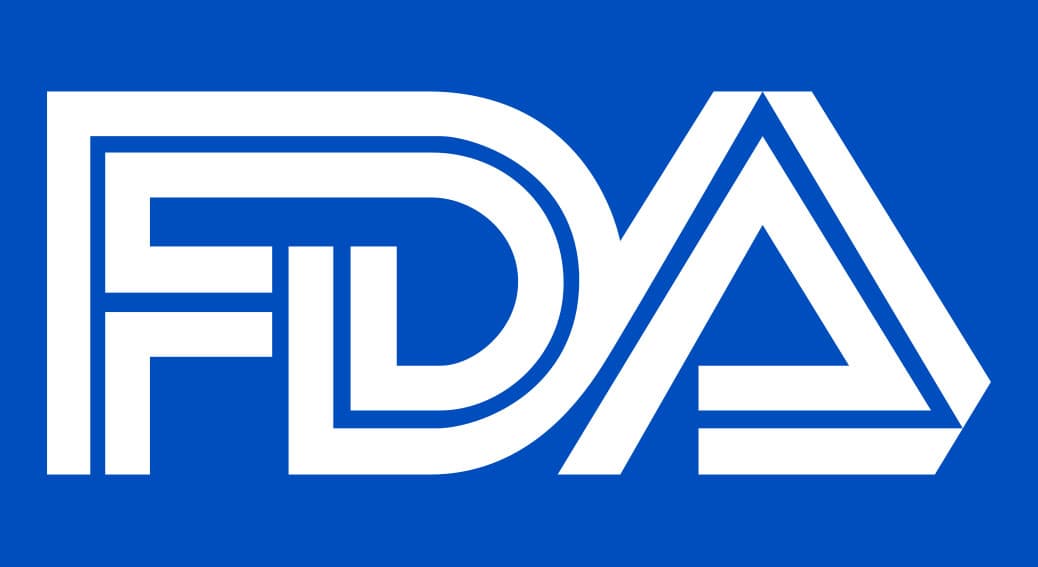The new article highlights the aspects related to obtaining feedback from the authority in order to ensure compliance with the relevant regulatory requirements.

Table of content
The Food and Drug Administration (FDA or the Agency), the US regulating authority in the sphere of healthcare products, has published a guidance document dedicated to incorporating voluntary patient preference information over the Total Product Life Cycle (TPLC). The guidance provides a general overview of the applicable regulatory requirements, as well as additional clarifications and recommendations to be taken into consideration by medical device manufacturers and other parties involved in order to ensure compliance.
At the same time, provisions of the guidance are non-binding in their legal nature, nor are they intended to introduce new rules or impose new obligations. The authority explicitly states that an alternative approach could be applied, provided such an approach is in line with the existing regulatory framework and has been agreed with the authority in advance.
Introduction to FDA Feedback on Study Plans
In accordance with the applicable legislation, sponsors and other interested parties, such as patient groups or academic researchers, can submit Patient Preference Information (PPI) to the FDA through various pathways. For those designing a PPI study or submitting results, the FDA encourages early engagement via the Q-Submission Program.
This program allows for feedback on study protocols, survey designs, and methods. The feedback can help streamline the study planning process, clarify key decisions, and ensure that the study aligns with the FDA’s regulatory requirements.

When Should Sponsors Seek FDA Feedback on PPI Study Plans?
Engagement with the FDA is particularly useful during the early stages of study planning and development. This allows sponsors to align with the FDA on the scientific objectives, research questions, study parameters, and decision-making goals.
Early discussions can clarify expectations, ensuring that the study is designed efficiently and in accordance with regulatory needs. During the protocol development phase, sponsors should seek feedback on the study’s objectives, key questions, target population, and the proposed attributes and levels for the study.
A draft protocol can be submitted to the FDA at this stage, and it is beneficial to include an attribute table with references to justify the selected attribute levels. Any qualitative work conducted to inform these selections should also be outlined.
The feedback process is iterative, meaning sponsors should be prepared to engage multiple times to refine the protocol and survey instrument. Before finalizing the survey, sponsors should submit a pre-field test version for review to ensure the instrument is patient-centric.
Any revisions made to the survey based on patient feedback should be documented and submitted to the FDA for review. Additionally, sponsors are encouraged to discuss recruitment and sampling strategies, eligibility criteria, and subgroup identification with the FDA before beginning the study.
Screening methods for identifying eligible patients should also be described in detail to facilitate early feedback.
What Information Should Be Provided When Submitting PPI Results?
When submitting PPI results to the FDA, sponsors should provide comprehensive information about the study, ensuring that key details are included to support the regulatory decision-making process. This information includes:
- Scientific Question and Study Objectives: Clearly define the research question and the objectives of the study. The study should aim to answer a specific regulatory question or support the benefit-risk assessment of a device.
- Study Design and Methods: Detail the methods used to collect PPI, including the survey instrument, its development, and the endpoints or targets based on preference parameters. The survey’s development process, including any qualitative research leading to attribute selection, should be explained.
- Eligibility Criteria and Recruitment: Describe the intended study population, eligibility criteria, and recruitment methods. It is essential to explain how the study sample represents the target population for the device. Recruitment strategies, such as using clinics, referrals, or patient groups, should be detailed, along with methods for confirming diagnoses, if applicable.
- Survey Instrument: Include a description of the survey instrument, the attributes and levels selected, and any feedback sought from patients. Screenshots or examples of the survey instrument can be helpful for FDA reviewers to understand the data collection process.
- Results and Data Analysis: Present the results according to the prespecified Statistical Analysis Plan (SAP). This should include subgroup analyses and tests of data quality. Sponsors should specify the size and demographics of the study sample and justify why the sample is representative of the U.S. population or subpopulation intended to use the device.
- Statistical Analysis Plan (SAP): The SAP should outline the primary and secondary endpoints, exploratory analyses, and the statistical models used to estimate preference parameters. It should also include information on the software packages used for the analyses and describe any planned sensitivity analyses. Sponsors are encouraged to outline multiple analytical models, if applicable, and describe how the final model will be selected based on diagnostics or model performance.
Importance of Early and Ongoing Engagement
As explained by the authority, early and continuous engagement with the FDA during the design and implementation of a PPI study can provide clarity and alignment between the sponsor and the Agency. It ensures that studies are designed with regulatory relevance, improving the likelihood that the data collected will support FDA decision-making.
Feedback throughout the development process, particularly on protocol design, recruitment strategies, and survey instruments, can enhance the study’s scientific robustness and ensure that the results are applicable to the FDA’s benefit-risk assessment framework.
Conclusion
In summary, FDA encourages sponsors and other stakeholders to engage early and frequently to align study plans with regulatory requirements. Submitting well-structured PPI studies, complete with detailed protocols, survey designs, and comprehensive results, helps ensure that patient preferences are adequately represented in device evaluation and regulatory decisions.
How Can RegDesk Help?
RegDesk is an AI-powered Regulatory Information Management System that provides medical device companies with regulatory intelligence for over 120 markets worldwide. It can help you prepare and publish global applications, manage standards, run change assessments, and obtain real-time alerts on regulatory changes through a centralized platform. Global expansion has never been this simple.

